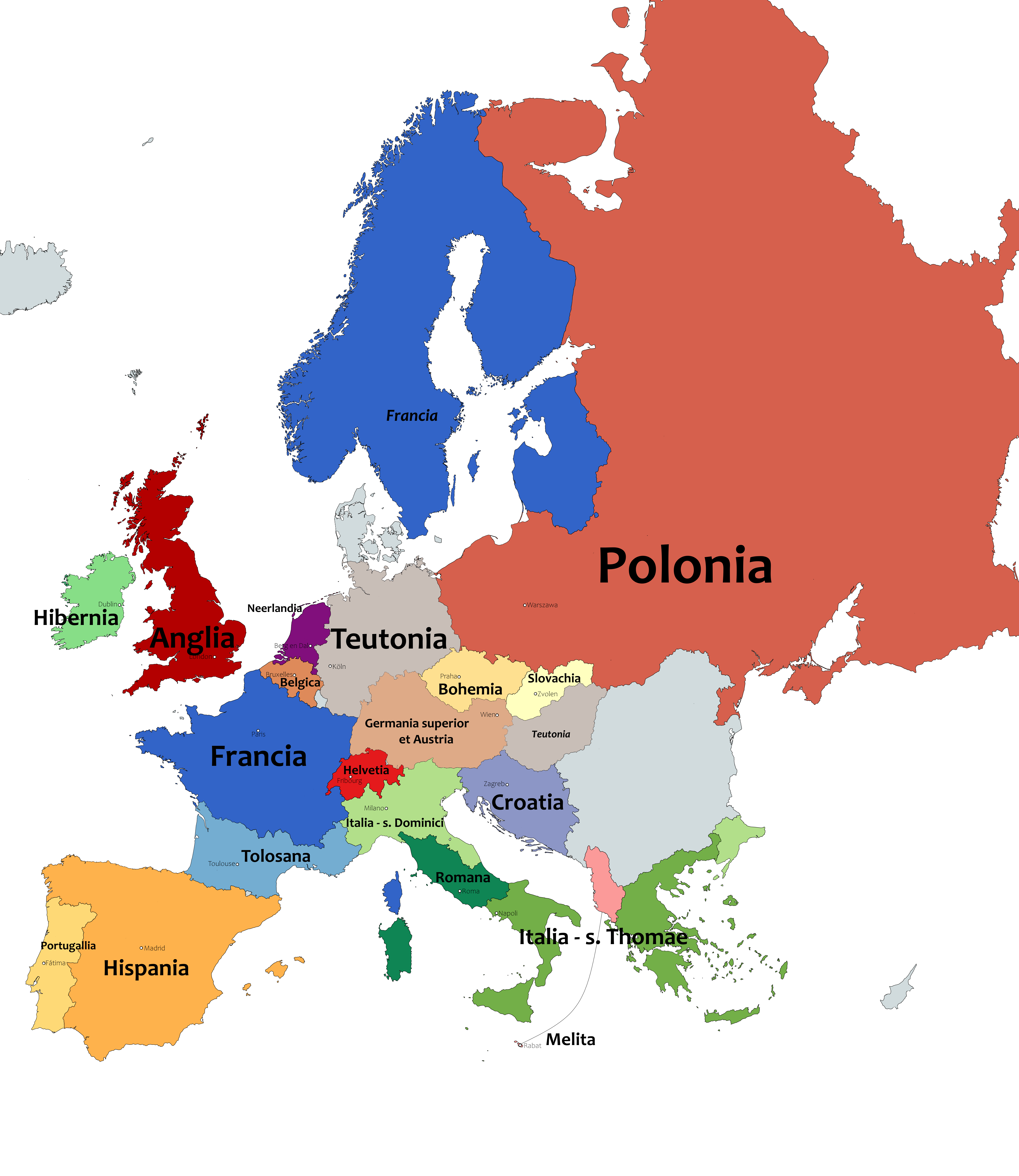Provinces of the Dominican Order in Europe Map


Alex Cartwright
Senior Cartographer & GIS Specialist
Alex Cartwright is a renowned cartographer and geographic information systems specialist with over 15 years of experience in spatial analysis and data...
Geographic Analysis
What This Map Shows
This map outlines the provinces of the Dominican Order in Europe as of 2020, visually representing the geographical distribution and administrative divisions of this influential religious order. The map highlights the various provinces, each with its own unique history and cultural identity, spread across several European countries. The Dominican Order, founded in the early 13th century, has played a significant role in the religious and educational landscape of Europe, making this visualization an essential tool for understanding its impact.
Deep Dive into the Dominican Order
The Dominican Order, formally known as the Order of Preachers, was established by Saint Dominic in 1216 with the mission to promote truth and combat heresy through preaching and teaching. The order quickly spread across Europe, establishing provinces in regions where it sought to advance its religious mission. Each province operates semi-autonomously, with its own leadership and local customs, while remaining connected to the broader mission and governance of the order.
Interestingly, the provinces of the Dominican Order in Europe reflect not only the religious fervor of the medieval period but also the socio-political dynamics of the regions they inhabit. For instance, the provinces in Spain, such as the Province of Hispania, have deep roots in the history of the order, reflecting the significant influence of the Catholic Church in Spanish society. In contrast, the provinces in northern Europe, like the Province of the Netherlands, highlight the unique challenges faced by the order in predominantly Protestant regions.
The provinces are characterized by their distinct administrative structures and educational institutions, which play a crucial role in the order's mission. The Dominican Order is renowned for its commitment to education and scholarship, which is evident in the numerous universities and theological faculties associated with its provinces. This emphasis on intellectual engagement has historically allowed the order to adapt to different cultural contexts, fostering a diverse yet unified community committed to its foundational principles.
Regional Analysis
When examining the map, we can identify several prominent provinces and their geographical significance. For example, the Province of France, one of the largest and most influential, boasts a rich tradition of theological scholarship. The Dominicans played a pivotal role in the establishment of the University of Paris, contributing to the intellectual life of medieval Europe.
Conversely, the Province of England, though historically significant, faced challenges during the Reformation, leading to a decline in its influence. However, in recent years, there has been a resurgence of interest in the Dominican mission, particularly in education and social justice initiatives.
In Central and Eastern Europe, provinces like Hungary and Poland showcase the order's adaptability. Here, the Dominicans have engaged in interfaith dialogue and social outreach, addressing contemporary issues while remaining rooted in their historical mission. Each region's unique socio-political climate shapes how the Dominican Order operates and interacts with local communities, demonstrating the order's flexibility and commitment to its core values.
Significance and Impact
Understanding the provinces of the Dominican Order in Europe is crucial for grasping the broader historical and cultural context of the region. The order has significantly influenced European education, theology, and social justice movements. Moreover, the Dominicans have been at the forefront of addressing contemporary issues, such as poverty and human rights, reflecting their ongoing relevance in today's world.
Moreover, as we look to the future, the Dominican Order faces challenges and opportunities alike. The decline of religious affiliation in various parts of Europe prompts a reevaluation of how the order engages with society. However, this also opens up new possibilities for dialogue and collaboration with diverse communities, fostering a renewed commitment to social and educational missions.
In conclusion, the provinces of the Dominican Order in Europe as depicted on the map offer a fascinating glimpse into the historical and contemporary significance of this religious community. As they navigate the complexities of modern society, the Dominicans continue to uphold their mission of truth, education, and service, leaving an indelible mark on European culture.
Visualization Details
- Published
- August 11, 2025
- Views
- 130
Comments
Loading comments...